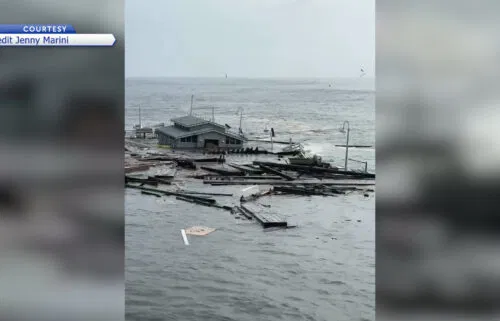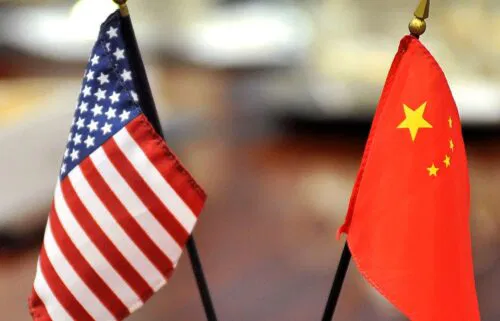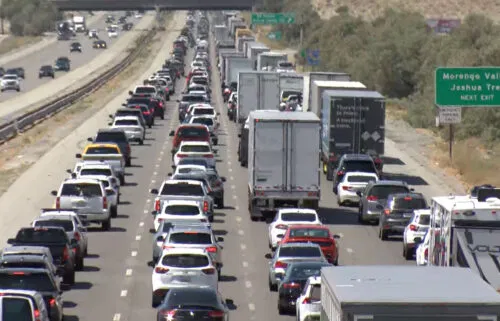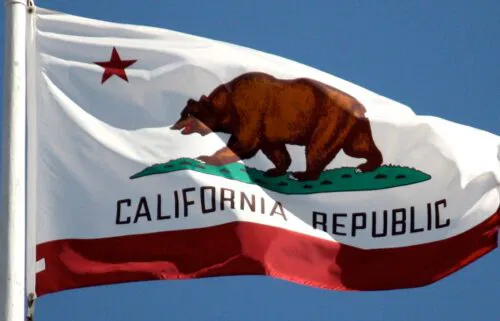Final Four: Last year’s bluebloods are this year’s no-names
By EDDIE PELLS
AP National Writer
HOUSTON (AP) — One short year ago, college basketball was getting ready for the game of a lifetime: North Carolina vs. Duke at the Final Four.
And this year? Well, to put it kindly, who the heck are these guys?
The NCAA Tournament, the annual event that has told and sold and made marketing gold out of the story of underdogs and busted brackets has, for 2023, produced an extreme rendition of what happens when all that cherished unpredictability plays itself out to the end.
In one Final Four meeting Saturday, it will be San Diego State against Florida Atlantic. In the other, it will be Miami vs. UConn.
“I expect the prognosticators to pick us fifth at the Final Four,” Florida Atlantic coach Dusty May said in a nod to the reality that nobody really expected the Owls, or any of these teams, to be here.
Of the four programs descending on Houston this week, only one has ever sniffed a Final Four before. It’s the first time in 53 years that has happened.
With its four national titles and some famous names from the past, including Jim Calhoun, Kemba Walker and Rip Hamilton, the name “Connecticut” certainly should ring a bell, even if it might not tread all the way into true blueblood territory.
Miami? That was a program that was literally shut down for 14 years in the 1970s and 1980s due to lack of interest. The school was too busy building a football program that would become (in)famous for winning with a certain panache.
May’s Florida Atlantic program? It’s a relative new kid on the block, a member of Division I since 1993 that is based in the retirement community of Boca Raton, a locale better known for its 4:30 dinner specials than its 7 p.m. tipoffs.
San Diego State? In their defense, maybe this shouldn’t be the Aztecs’ first Final Four. In 2020, they were 30-2 and generally slotted in as a No. 1 seed, albeit still an underdog to a stacked Kansas team that was the odds-on favorite. Then COVID hit and wiped that season off the boards.
“There are a lot of really good teams in college basketball, and the difference between winning and losing is paper thin,” San Diego State coach Brian Dutcher said.
Will anyone, outside of the truest of diehards, bother to watch?
As of Thursday, a pair of seats in the nosebleed section for Saturday’s doubleheader — the most-anticipated day on the college hoops calendar — were going for around $100 each on the secondary market. A year ago, shortly after the Duke-Carolina matchup was set, the average price for those same seats nearly doubled to $800 a ticket.
There has been a lot of debate and even some handwringing about how one of America’s greatest sporting events produced a 4 seed, two 5s and a 9 — for a seed total of 23, which is the second-highest in history — that between them boast not a single McDonald’s All-American nor one consensus top-30 recruit.
The transfer portal, which allows players to come and go from school to school without having to sit out a year, might be the best explanation. Miami coach Jim Larranaga called it basketball’s form of “speed dating,” a get-rich-quick scheme that, with the right timing, chemistry and luck, can make a roster very good (or very bad) very quickly.
Some other possibilities: an NCAA selection committee that some say is divorced from reality; the ever-shifting landscape caused by name-image-likeness (NIL) deals that give players more leverage (and money); and, for sure, an abundance of flawed teams — including Alabama, Houston and Kansas — that were overvalued and placed at the top of the heap this year.
But before jumping to grand conclusions about matchups like these becoming the “new normal” at the Final Four, former Duke star and current TV analyst Jay Bilas reminds us that we are a scant 365 days removed from a completely different sort of get-together.
“I love the one about the narratives that you don’t need those McDonalds guys to win,” Bilas said. “OK, so don’t recruit the best players, and see how that goes for you. I just don’t understand how all this gets this way.”
A year ago, the tournament felt perfect. The country got its dose of Cinderella — namely, when 15 seed Saint Peter’s made a first-of-its-kind run into the Elite Eight. Then, a sense of perfectly timed normalcy took over.
Duke coach Mike Krzyzewski got to close out his career at the Final Four, and the end came against none other than archrival North Carolina. Joining those power programs in New Orleans last year were Kansas and Villanova, two more of the country’s great programs with seven national titles between them. The total seed value of those four teams: 13, with most of that accounted for by the Tar Heels, who got in as an 8 after knocking out Saint Pete’s.
So, will 2023 be remembered as the year when chaos took over for good, or just a minor blip in the proceedings while all those Jayhawks and Blue Devils reload?
“The tournament is about a lot of different things to a lot of different people,” Bilas said. “Some people love it for the brackets, some people love it for the basketball. But no matter who’s in the Final Four, the bandwagon is always wide open, and you can jump on it whenever you want.”
___
AP March Madness coverage: https://apnews.com/hub/march-madness and bracket: https://apnews.com/hub/ncaa-mens-bracket and https://apnews.com/hub/ap-top-25-college-basketball-poll and https://twitter.com/AP_Top25



